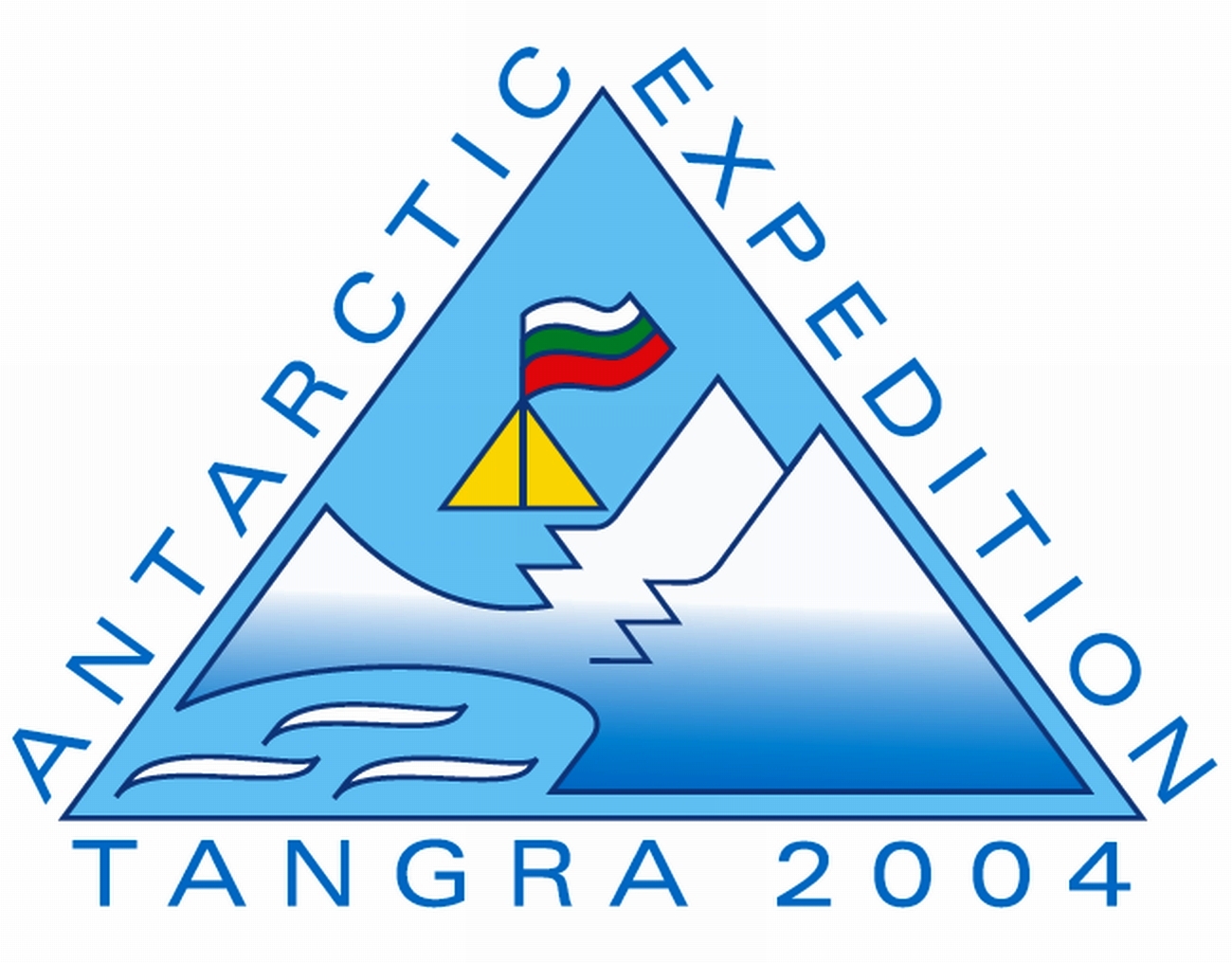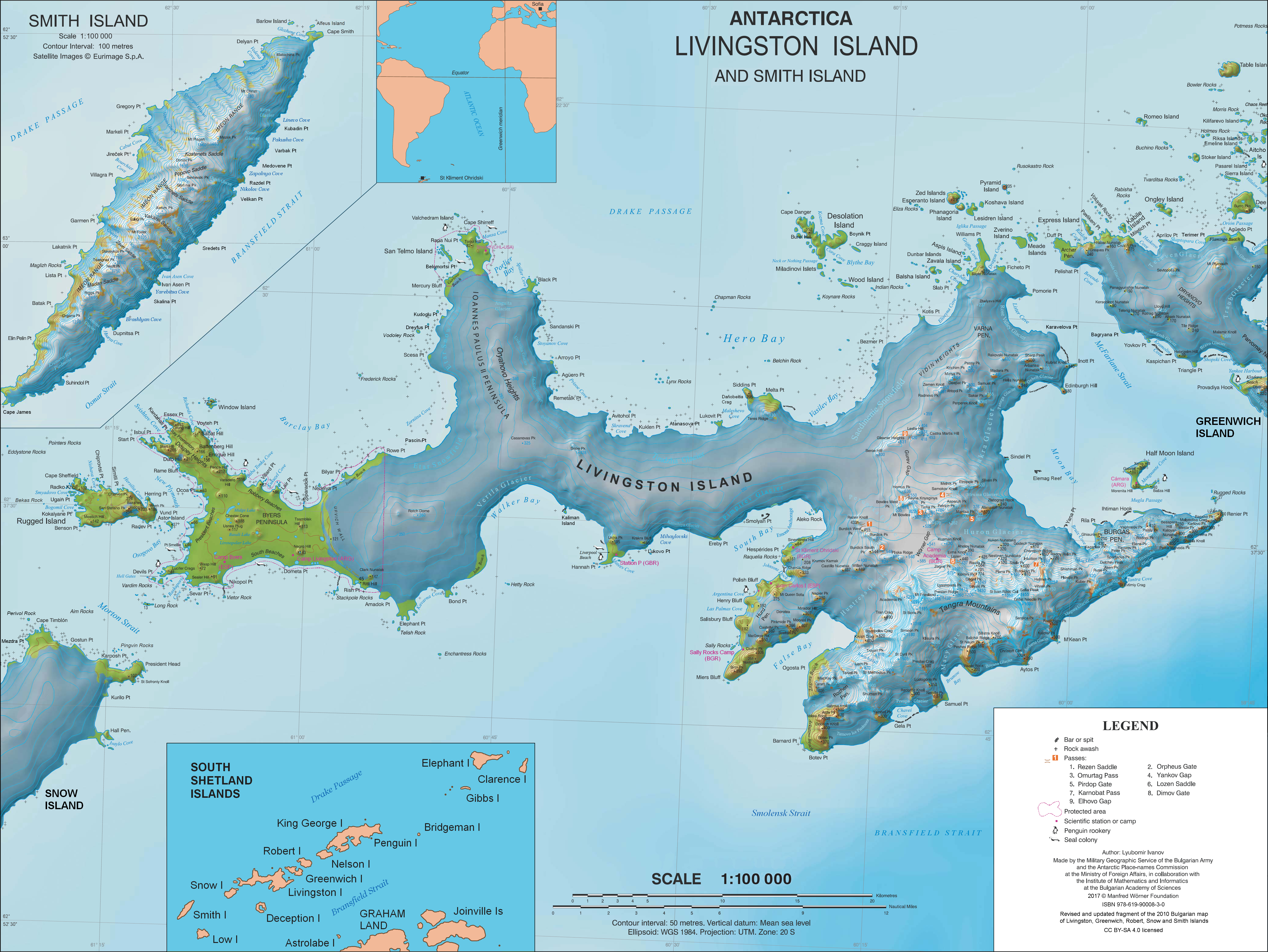|
Erma Knoll
Erma Knoll ( bg, Ерменска могила, Ermenska mogila, ) is a 412m peak in upper Huron Glacier, Livingston Island. The peak was first visited on 17 December 2004 by the Bulgarian Lyubomir Ivanov from Camp Academia, and was mapped by Bulgaria in 2005 and 2009 from the Tangra 2004/05 topographic survey. The knoll is named after Erma River in western Bulgaria. Location The knoll is located at which is 1.6 km east-southeast of Kuzman Knoll, 1.3 km northeast of Zograf Peak and 390 m northeast of Lozen Nunatak. Maps * L.L. Ivanov et al. Antarctica: Livingston Island and Greenwich Island, South Shetland Islands. Scale 1:100000 topographic map. Sofia: Antarctic Place-names Commission of Bulgaria, 2005. * L.L. IvanovAntarctica: Livingston Island and Greenwich, Robert, Snow and Smith Islands Scale 1:120000 topographic map. Troyan: Manfred Wörner Foundation, 2009. References Erma Knoll.SCAR Composite Antarctic Gazetteer The Composite Gazetteer of Antarctica (CGA) of ... [...More Info...] [...Related Items...] OR: [Wikipedia] [Google] [Baidu] |
Huron Glacier
Huron Glacier is a } long and wide glacial flow on Livingston Island in the South Shetland Islands of Antarctica, situated east of Perunika Glacier, southeast of Kaliakra Glacier, south of Struma Glacier, west-northwest of Iskar Glacier and northeast of Huntress Glacier. It is bounded by Bowles Ridge to the north, Wörner Gap to the west and the Tangra Mountains to the south, receiving ice influx from several tributary glaciers draining the mountain's northern slopes between Mount Friesland and Helmet Peak, and running east-northeastwards to empty into Moon Bay north of Yana Point. Camp Academia is situated on upper Huron Glacier, in the northwestern foothills of Zograf Peak. The glacier was named by the UK Antarctic Place-names Committee in 1958 after the American ship ''Huron'' (Captain John Davis) of New Haven, Connecticut, which visited the South Shetland Islands in 1820–21 and 1821–22. Location Huron Glacier is centred at (British mapping in 1968, Bulgarian s ... [...More Info...] [...Related Items...] OR: [Wikipedia] [Google] [Baidu] |
Livingston Island
Livingston Island (Russian name ''Smolensk'', ) is an Antarctic island in the Southern Ocean, part of the South Shetlands Archipelago, a group of Antarctic islands north of the Antarctic Peninsula. It was the first land discovered south of 60° south latitude in 1819, a historic event that marked the end of a centuries-long pursuit of the mythical ''Terra Australis Incognita'' and the beginning of the exploration and utilization of real Antarctica. The name Livingston, although of unknown derivation, has been well established in international usage since the early 1820s. Geography Livingston Island is situated in West Antarctica northwest of Cape Roquemaurel on the Antarctic mainland, south-southeast of Cape Horn in South America, southeast of the Diego Ramírez Islands (the southernmost land of South America), due south of the Falkland Islands, southwest of South Georgia Islands, and from the South Pole.L. IvanovGeneral Geography and History of Livingston Island.In ... [...More Info...] [...Related Items...] OR: [Wikipedia] [Google] [Baidu] |
Lyubomir Ivanov (explorer)
Lyubomir Ivanov ( bg, Любомир Иванов, born 7 October 1952 in Sofia) is a Bulgarian scientist, non-governmental activist, and Antarctic explorer. He is a graduate of the St. Kliment Ohridski University of Sofia with M.S. degree in mathematics in 1977, earned his PhD from Sofia University in 1980 under the direction of Dimiter Skordev, with a dissertation entitled ''Iterative Operative Spaces'', and was the 1987 winner of ''Acad. Nikola Obreshkov Prize'', the highest Bulgarian award in mathematics. Academic and NGO work Appointed head of the Department of Mathematical Logic at the Institute of Mathematics and Informatics, Bulgarian Academy of Sciences in 1990, Dr Ivanov has since helped found the Atlantic Club of Bulgaria, in which he held the position of chairman from 2001 to 2009. In 1994 he founded the Manfred Wörner Foundation, an organisation dedicated to trans-atlantic co-operation. Member of the Streit Council Advisory Board, Washington, DC since 2006 ... [...More Info...] [...Related Items...] OR: [Wikipedia] [Google] [Baidu] |
Camp Academia
Camp Academia ( bg, лагер Академия, lager Akademiya, ) is a geographical locality in eastern Livingston Island, South Shetland Islands, Antarctica, named for the Bulgarian Academy of Sciences in appreciation of Academy’s contribution to the Antarctic exploration. The site was first occupied in the 2004/05 austral summer, and has been designated since 2004 as the summer post office Tangra 1091, the southernmost branch of the Bulgarian Posts Plc. Access and survey routes Camp Academia is strategically situated in upper Huron Glacier, Wörner Gap area, at elevation 541 m in the northwestern foothills of Zograf Peak, central Tangra Mountains. The site is accessible by 11-12.5 km routes from the Bulgarian base St. Kliment Ohridski and the Spanish base Juan Carlos I respectively. Camp Academia offers convenient overland access to the main range of Tangra Mountains to the south (with survey and climbing routes leading from Camp Academia to Lyaskovets Peak and ... [...More Info...] [...Related Items...] OR: [Wikipedia] [Google] [Baidu] |
Bulgaria
Bulgaria (; bg, България, Bǎlgariya), officially the Republic of Bulgaria,, ) is a country in Southeast Europe. It is situated on the eastern flank of the Balkans, and is bordered by Romania to the north, Serbia and North Macedonia to the west, Greece and Turkey to the south, and the Black Sea to the east. Bulgaria covers a territory of , and is the sixteenth-largest country in Europe. Sofia is the nation's capital and largest city; other major cities are Plovdiv, Varna and Burgas. One of the earliest societies in the lands of modern-day Bulgaria was the Neolithic Karanovo culture, which dates back to 6,500 BC. In the 6th to 3rd century BC the region was a battleground for ancient Thracians, Persians, Celts and Macedonians; stability came when the Roman Empire conquered the region in AD 45. After the Roman state splintered, tribal invasions in the region resumed. Around the 6th century, these territories were settled by the early Slavs. The Bulg ... [...More Info...] [...Related Items...] OR: [Wikipedia] [Google] [Baidu] |
Tangra 2004/05
The Tangra 2004/05 Expedition was commissioned by the Antarctic Place-names Commission at the Ministry of Foreign Affairs of Bulgaria, managed by the Manfred Wörner Foundation, and supported by the Bulgarian Antarctic Institute, the Institute of Mathematics and Informatics at the Bulgarian Academy of Sciences, Bulgarian Posts, Uruguayan Antarctic Institute, Peregrine Shipping (Australia), and Petrol Ltd, TNT, Mtel, Bulstrad, Polytours, B. Bekyarov and B. Chernev (Bulgaria). Expedition team Dr. Lyubomir Ivanov (team leader), senior research associate, Institute of Mathematics and Informatics at the Bulgarian Academy of Sciences; chairman, Antarctic Place-names Commission; author of the 1995 Bulgarian Antarctic ''Toponymic Guidelines'' introducing in particular the present official system for the Romanization of Bulgarian; participant in four Bulgarian Antarctic campaigns, and author of the first Bulgarian Antarctic topographic maps. Doychin ... [...More Info...] [...Related Items...] OR: [Wikipedia] [Google] [Baidu] |
Erma River
The Jerma ( sr-cyrl, Јерма) or Erma ( bg, Ерма) is a river in southeastern Serbia and western Bulgaria. It is notable for passing the Serbian-Bulgarian border twice. Course Serbia The Jerma originates in the undeveloped and sparsely populated area of Krajište, in the southeastern corner of Serbia. Starting from the area between the artificial Lake Vlasina and the Bulgarian border, it flows to the northwest on the eastern slopes of the Gramada mountain, passing through the village of Klisura, after which it enters the area of Знепоље (''Znepolje'', Bulgarian: Знеполе, ''Znepole''), an arid region stretching over the border into Bulgaria. This is where the Jerma crosses the border for the first time, at the border crossing of Strezimirovci. Bulgaria Continuing through the Bulgarian part of Znepole curving around the eastern side of the Ruy mountain, the river, now called Erma, is also known as ''Transka reka'' after the town of Tran, a regional ... [...More Info...] [...Related Items...] OR: [Wikipedia] [Google] [Baidu] |
Kuzman Knoll
Kuzman Knoll (Kuzmanova Mogila \'kuz-ma-no-va mo-'gi-la\) is a solitary ice-covered knoll rising to 620 m in eastern Livingston Island in the South Shetland Islands, Antarctica. The knoll forms a conspicuous landmark in Wörner Gap area, overlooking Huron Glacier and upper Perunika Glacier. It was named after Kuzman Tuhchiev, participant in the 1993/94 Bulgarian Antarctic campaign and base commander at St. Kliment Ohridski during the 1994-96 seasons. The feature is named ''‘Tukhchiev Knoll’'' by the U.S. and British Antarctic naming committees; "Kuzman Knoll" is the official Bulgarian name, which is established among the Spanish and Bulgarian scientists working in the area. First ascent by the Bulgarians Kuzman Tuhchiev and Vasil Gurev from St. Kliment Ohridski Base during the 1994/95 season. Location The knoll is located at which is 1.1 km north-northeast of Camp Academia site, 1.1 km east of the midpoint of Wörner Gap, 3.68 km east-northeast of the su ... [...More Info...] [...Related Items...] OR: [Wikipedia] [Google] [Baidu] |
Zograf Peak
Zograf Peak ( bg, връх Зограф, vrah Zograf, ) rises to at the northeastern extremity of the Friesland Ridge in the Tangra Mountains, Livingston Island in the South Shetland Islands, Antarctica. The peak is heavily glaciated and crevassed, with precipitous and partly ice-free northern slopes. The peak surmounts Huron Glacier to the north and Shipka Valley to the east, and is accessible via the saddle of elevation 975 m linking it to the north rib of Lyaskovets Peak. The peak is linked to the northeast by Lozen Saddle to Lozen Nunatak, Erma Knoll and Aheloy Nunatak. The peak is named after the Bulgarian Zograf Monastery on Mount Athos. First ascent by Lyubomir Ivanov from Camp Academia on 31 December 2004.D. Gildea''Mountaineering in Antarctica: complete guide: Travel guide.''Primento and Editions Nevicata, 2015. 192 pp. Location The peak is located 1.33 km north by west of Lyaskovets Peak, 4.26 km east by south of Pliska Peak, 1.88 km so ... [...More Info...] [...Related Items...] OR: [Wikipedia] [Google] [Baidu] |






